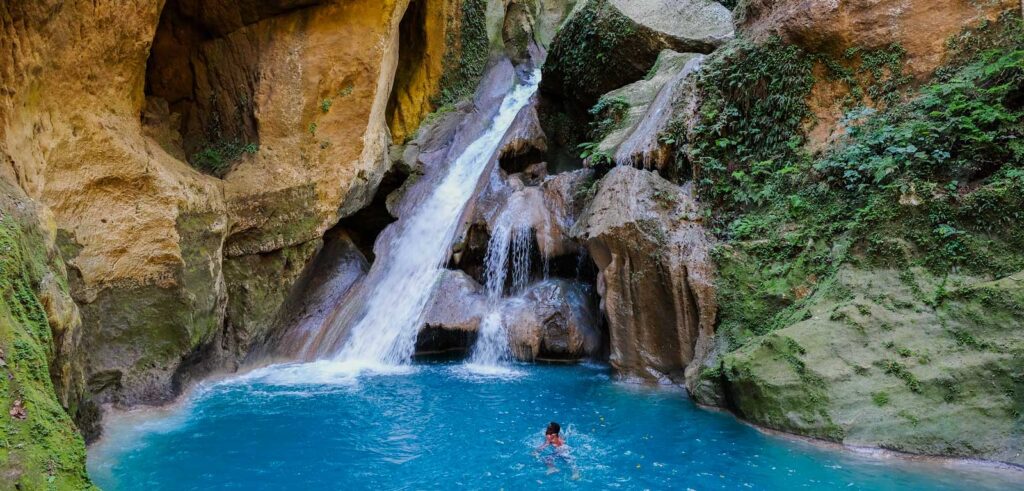Haiti, located in the Caribbean on the western part of the island of Hispaniola, offers a unique blend of history, natural beauty, and vibrant culture. Despite facing some challenges, Haiti boasts stunning landscapes, captivating historical sites, and warm hospitality. Here are some of the best places to visit in Haiti, along with information on how to reach the country and the best time to plan your trip.
Citadelle Laferrière: This impressive mountaintop fortress is a UNESCO World Heritage site and a symbol of Haiti’s independence. Built in the early 19th century, the Citadelle is an architectural marvel and offers panoramic views of the surrounding countryside. It’s a must-visit destination for history enthusiasts and those seeking breathtaking vistas.


Jacmel: Located on the southern coast of Haiti, Jacmel is known for its vibrant arts scene, colonial architecture, and picturesque beaches. Explore the charming streets lined with colorful buildings, visit local art studios and galleries, and relax on the beautiful beaches. Don’t miss the annual Jacmel Carnival, a lively celebration of music, dance, and Haitian culture.
Labadee: Situated on the northern coast of Haiti, Labadee is a private beach resort destination. It offers pristine white-sand beaches, crystal-clear waters, and a range of water sports and recreational activities. Visitors can also experience Haitian culture through local music and dance performances, traditional crafts, and delicious cuisine.
Bassin Bleu: Nestled in the mountains near Jacmel, Bassin Bleu is a hidden gem known for its stunning natural beauty. The series of cascading waterfalls and turquoise pools create a picturesque setting for swimming, hiking, and relaxing. It’s a tranquil oasis amid Haiti’s lush landscapes.

Port-au-Prince: As the capital and largest city of Haiti, Port-au-Prince provides a vibrant mix of history, culture, and urban life. Visit the Musée du Panthéon National Haïtien to learn about the country’s history and revolution, explore the Iron Market for local handicrafts, and experience the bustling atmosphere of the city’s markets and neighborhoods.
The best time to visit Haiti is during the dry season, which extends from November to April. During this period, the weather is generally pleasant, with lower humidity and less rainfall. It’s important to note that Haiti can experience occasional tropical storms or hurricanes, so it’s advisable to monitor weather conditions before your trip.
Reaching Haiti is primarily done through Toussaint Louverture International Airport (PAP), located near Port-au-Prince. Several international airlines operate flights to Haiti from various cities in the Caribbean, North America, and Europe. Additionally, there are ferry services available from neighboring countries like the Dominican Republic.
Within Haiti, public transportation options include buses and shared taxis, but it’s important to note that infrastructure and road conditions can vary. It’s recommended to hire a local guide or driver for transportation and to navigate the country safely.
While visiting Haiti, it’s essential to take necessary precautions and follow travel advisories, as well as respect local customs and traditions. Engaging with local communities, supporting local businesses, and practicing responsible tourism can contribute positively to Haiti’s ongoing development.
In summary, Haiti offers a rich cultural heritage, stunning natural landscapes, and warm hospitality. Whether you’re exploring historical sites, relaxing on beautiful beaches, or immersing yourself in the vibrant art scene, Haiti promises an authentic and memorable travel experience.

